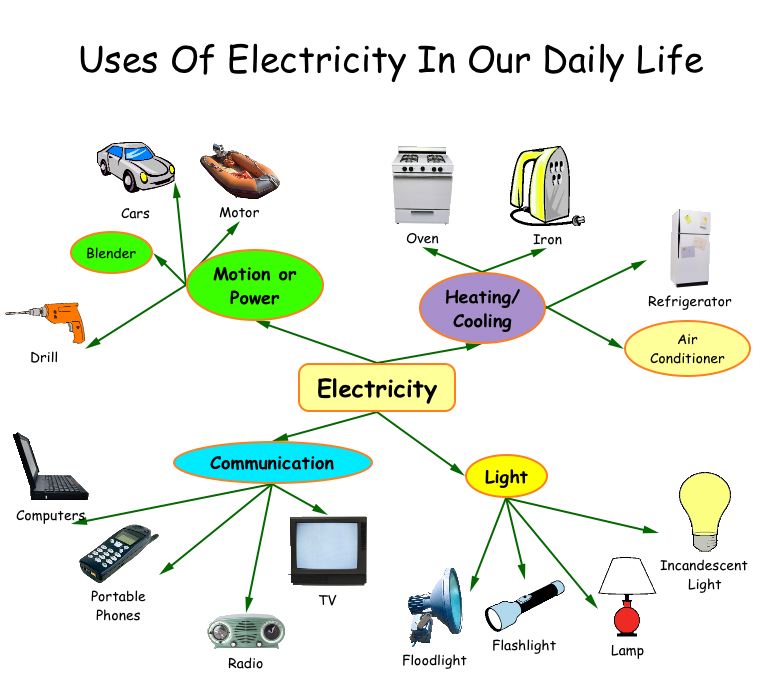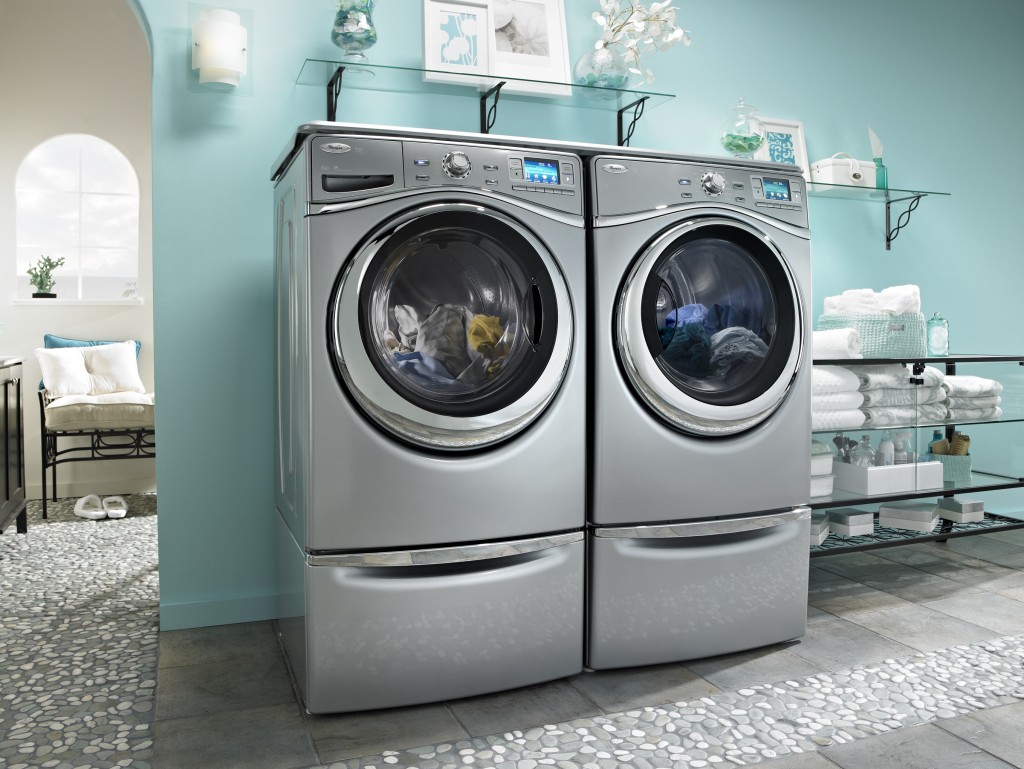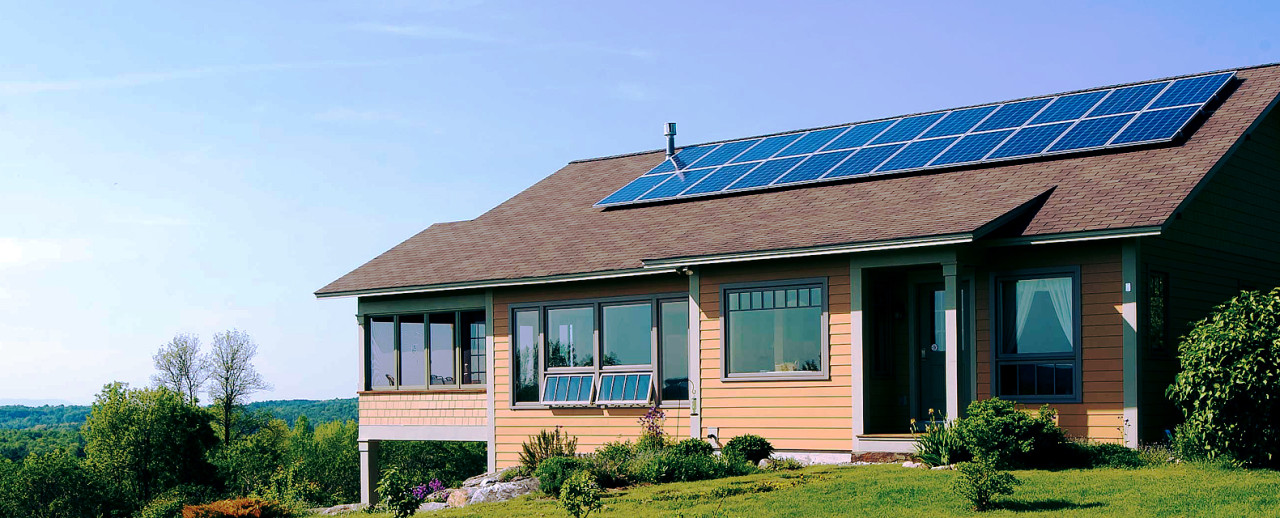Have you ever opened your electrical bill and wondered how your little house has managed to consume so much electricity? I certainly have, especially when the July electrical bill comes for the electricity that was consumed in June. It is always a shock to watch your bill double or triple in a matter of weeks. But – where is all of that extra electricity going? And where does the bulk of our electrical consumption occur during standard times?

Your Home – Electrical
One of the worst consumers of electricity is also one of the most essential appliances in your home. It is the HVAC unit, or the appliances you may use if you do not have central heat and air ie. fans, window AC units, plug in heaters or electric blankets and more. We like to keep our homes at a comfortable temperature regardless of the temperatures outside. There are only a few things you can do to reduce this monthly expense.
Raise/Lower your thermostat. Raising your thermostat temperature setting a few degrees in the Summer or lowering it a few degrees in the winter is an easy way to save big on your electric bill. Wear shorts and tank tops around the house in the Summer to keep comfortable and bundle up in the Winter with slipper socks and fleece or flannel house clothes.
Have your unit serviced regularly. Regular servicing will ensure that your HVAC unit is working properly and performing to its maximum potential.
Install a HVAC unit or replace an older, less efficient one. If you are using a Wall AC and fans etc, the electrical costs of those appliances can be overwhelming. Many local electrical companies can assist you with finding financing or government programs and rebates to help you with the cost of replacing an older less efficient HVAC unit with a newer more efficient unit.
Electricity in the Kitchen

Our kitchens tend to be chock full of energy-using appliances, large and small. Most kitchens have a refrigerator, freezer, and dish washer. Some stoves also run on electricity. Many people own microwaves, coffee makers, espresso machines, blenders, bread machines, mixers, crock pots and more! While the energy usage of each of these individually may be small, they can certainly add up in terms of over all energy usage.

The fridge and freezer – it is estimated that about 4% of the annual energy costs in your home comes from the fridge and freezer. Although this doesn’t seem like a whole lot, in most homes it reaches right about $100 a year. By keeping this appliance clean you can reduce the amount of energy used to keep your food fresh.
The oven – in most cases, a gas oven will be more energy efficient than one that is electrically powered. Although an oven that has a self-cleaning feature included will often be better insulated and thus energy efficient, using this feature excessively will be a huge waste of energy. Instead work to use a lid or tin foil to keep food from spilling over.
The dishwasher – in most cases the dishwasher accounts for about 2% of energy costs in the home. By rinsing dishes before loading them, you will save a significant amount of water cleaning here. No matter how full you fill the dishwasher, it will still use about the same amount of energy so don’t be afraid to load it up.
Small Appliances – unplugging your small appliances when they are not in use can also help keep your energy costs down as well as providing more safety from an electrical fire.
Small changes in the kitchen can reduce the amount you are spending on energy appliances in your home. Assess the products you have, and determine how you can reduce costs.
Laundry Room Electrical

Although there are only two main appliances in the laundry room, they account for a high amount of the costs of your home. The easiest solution here is to switch to more energy efficient models. If this isn’t practical for you, make changes that will increase efficiency:
The washer – between both the washer and the dryer, 6% of the energy used in the home is accounted for. For clothes that aren’t terribly soiled, wash a full load in cold water rather than hot or warm. This will reduce the energy costs for this appliance.
The dryer – there are models of dryers that come with moisture sensors. These can detect when clothes are dry, turning off the appliance when necessary. Although the washer can be filled to the brim, the dryer needs a little extra space to efficiently dry all articles of clothing.
Electrical in the Living Room
You and your family probably spend a lot of time in your family room. There may be a few appliances in here that will consume more energy than you realize:
The lighting – the lighting is all throughout your house, but it is important to analyze where it is most used, and turn it off when not in use. For the entire house the lighting accounts for about 12% of the bills. Switch to energy efficient bulbs and turn off switches when not in use to reduce this cost.
TV and DVD players – This will vary greatly on how much the TV is being used, but in general this will account for 3% of the homes energy expenses. To keep these appliances from sucking energy when not in use, unplug them. This can be made easier by plugging them into a power strip that can turn off everything at once.
For more help with your electrical questions and issues in the Sacramento area, call A1 Electrical at 916-482-3400!





